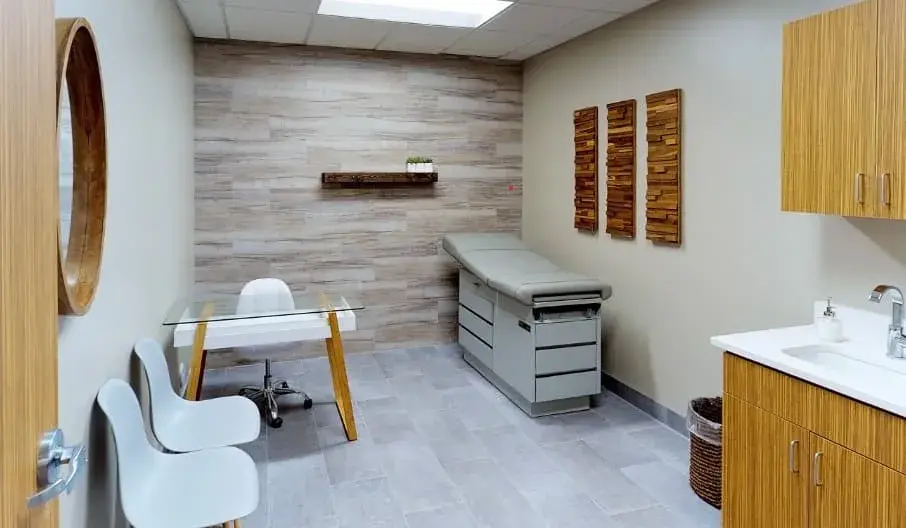In the bustling healthcare landscape of New York City, optimizing patient experience in medical office spaces is a multifaceted challenge that requires a deliberate approach to design and technology. Effective layout planning is crucial for facilitating smooth patient flow, which minimizes stress and maximizes efficiency. Additionally, the strategic use of soothing colors and natural light can significantly improve patient mood and comfort. However, the integration of advanced technology such as telemedicine and electronic health records presents a unique set of opportunities and challenges. As we consider these elements, one must question how these strategies can be harmoniously integrated to foster an environment that not only meets but exceeds patient expectations. What are the potential barriers to this integration, and how might they be overcome?
Enhancing Office Design
Optimizing the design of medical office spaces in NYC often involves strategically enhancing both functionality and aesthetic appeal to improve patient satisfaction and operational efficiency. Thoughtful layout planning ensures smooth patient flow, minimizing congestion and wait times, which are critical in a high-demand urban setting.
The choice of soothing colors and natural light can significantly affect patient mood and perception of care. Comfortable seating, private consultation areas, and noise-reducing materials contribute to a sense of calm and privacy. Additionally, the inclusion of green spaces or elements can enhance the overall ambiance, making the environment more welcoming.
These design elements foster a sense of community and belonging, crucial for patient retention and satisfaction in a competitive healthcare landscape.
Integrating Cutting-edge Technology
Integrating cutting-edge technology into medical office spaces in NYC not only enhances operational efficiency but also enriches the patient experience through streamlined processes and advanced healthcare solutions.
By employing telemedicine platforms, offices can offer remote consultations, reducing wait times and making healthcare more accessible.
Implementing electronic health records (EHRs) facilitates seamless information sharing between departments, ensuring that a patient’s medical history is comprehensively and securely managed.
Moreover, advanced diagnostic tools, integrated directly into patient management systems, allow for quicker and more accurate diagnoses.
This proactive approach not only fosters a sense of belonging and care among patients but also positions the medical office at the forefront of innovation, thereby attracting a broader clientele seeking quality and convenience in healthcare services.
Learn more:
Common Mistakes to Avoid When Leasing Medical Office Space NYC

